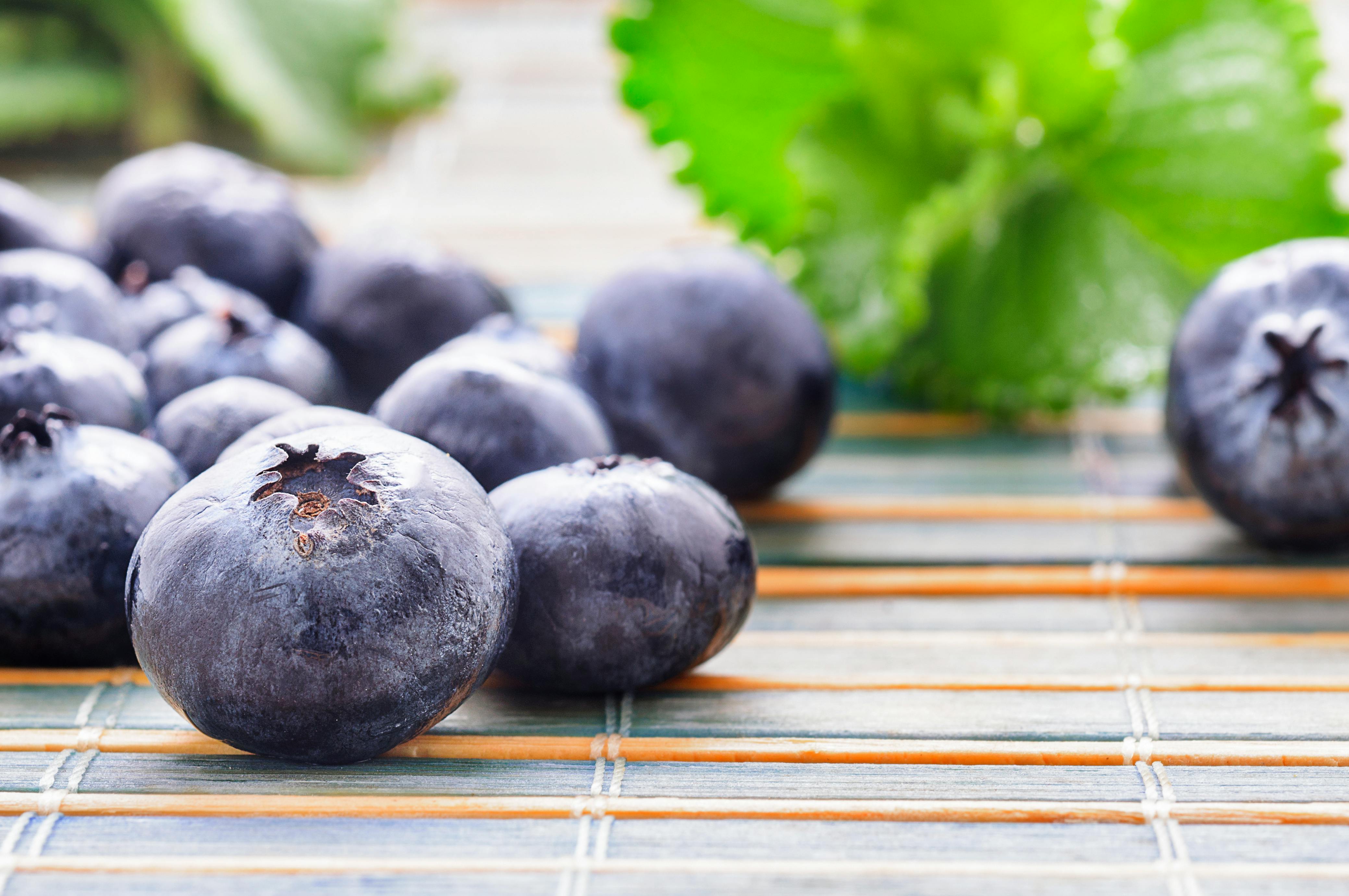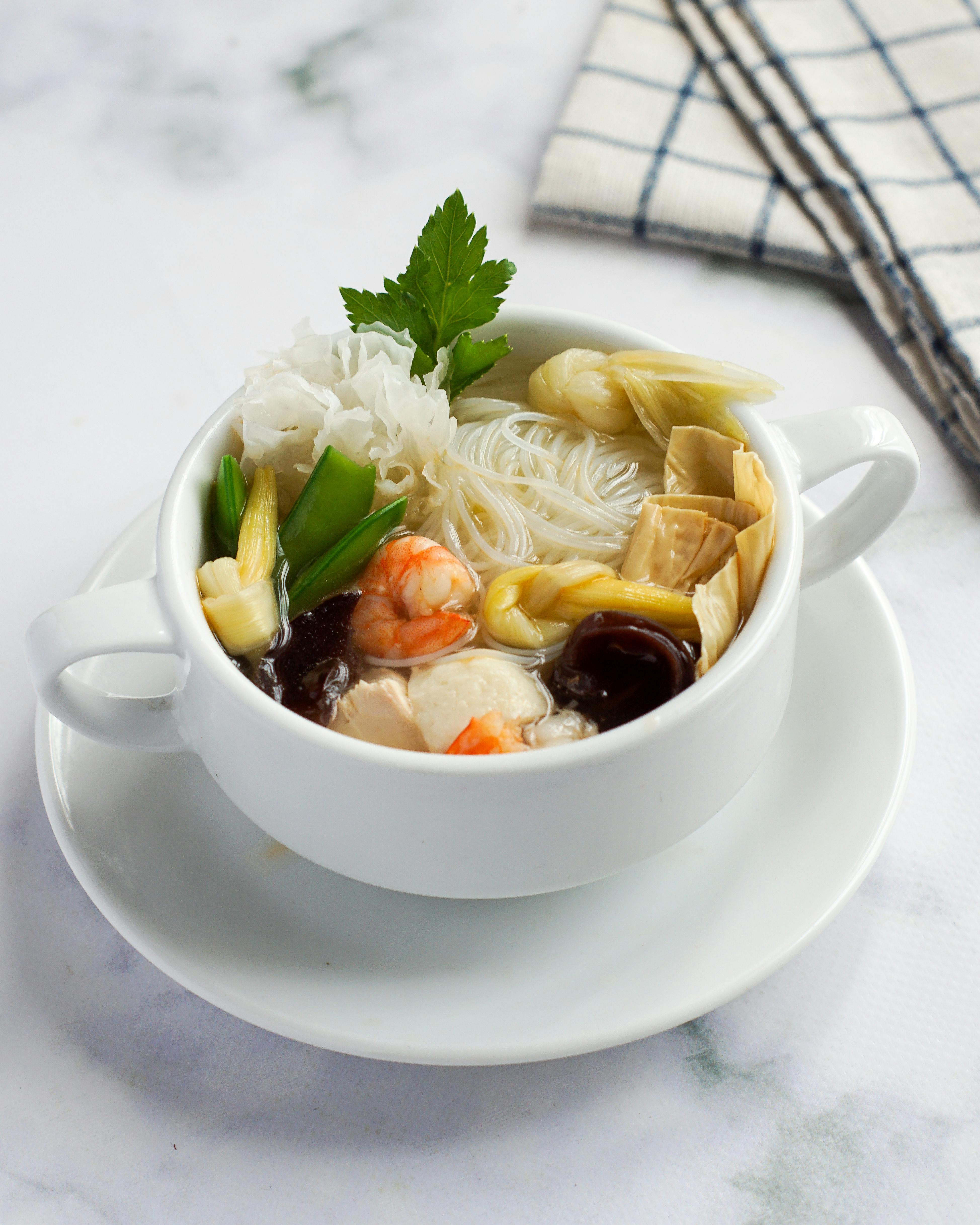Zucchini (botanically a fruit) is one, although it's commonly considered a vegetable. Another option is "Ziziphus," which refers to a genus containing jujube fruits. There aren't many fruits that start with the letter "Z.

Apply Now


Essential Guide to Zucchini: Choosing, Cooking, and Enjoying
Zucchini, botanically classified as a fruit, is often mistaken for a vegetable due to its culinary uses. This delightful and versatile ingredient can be found in numerous recipes ranging from savory dishes to hearty desserts. Its mild flavor allows it to take on the taste of spices and herbs, making it a favorite in many kitchens. In addition to its culinary versatility, zucchini is nutritious, low in calories, and rich in vitamins, making it an excellent addition to a healthy diet. In this guide, we will explore the various aspects of zucchini, including its nutritional benefits, different culinary uses, recipes to try, and tips for gardening and storage. Whether you’re a seasoned cook or new to zucchini, this comprehensive overview will help you make the most of this unique ingredient. Let's dive into the world of zucchini!Understanding Zucchini: Facts and Varieties
Interesting Facts About Zucchini
Zucchini is often overshadowed by other more popular vegetables, but it has a unique place in culinary history. Originating in Central America, zucchini was brought to Europe by Italian immigrants, where it flourished and became a staple in Mediterranean cuisine. Interestingly, zucchini is classified as a fruit because it develops from the flowering part of the plant. Its various colors, including green, yellow, and even striped varieties, contribute to its appeal in dishes. Building on these fundamentals, let’s delve into some major zucchini varieties that you might come across.Popular Zucchini Varieties
Zucchini comes in different varieties, each with its unique flavor and texture. Some of the most popular types include: 1. **Green Zucchini**: This is the most common variety, known for its subtle flavor and smooth, dark green skin. 2. **Yellow Zucchini**: A sweeter version, this variety has a vibrant yellow hue and is often used to add color to dishes. 3. **Zephyr Zucchini**: This hybrid has pale green skin with a yellow tip, offering a unique look and slightly nutty taste. 4. **Costata Romanesco**: With its ribbed skin and bumpy texture, this heirloom variety is celebrated for its rich flavor and slightly firmer consistency. Exploring these zucchini varieties opens new doors for flavor profiles in your culinary creations.Nutritional Benefits of Zucchini
Zucchini is not just a delicious addition to meals; it’s also packed with health benefits. Rich in vitamins A, C, and K, zucchini helps support immune function, promotes healthy skin, and aids in digestion due to its high fiber content. Furthermore, its low calorie and carbohydrate count makes it an ideal vegetable for those seeking a weight loss-friendly food that still provides essential nutrients. Incorporating zucchini into your meals can offer various health benefits, making it a smart addition to any diet.Cooking with Zucchini: Techniques and Tips
Essential Cooking Techniques for Zucchini
Zucchini can be prepared in a multitude of ways; here are some popular techniques to enhance your cooking: - **Sautéing**: Quickly frying zucchini in olive oil brings out its subtle flavor and tenderizes it, perfect for stir-fries or as a side dish. - **Grilling**: Grilled zucchini caramelizes beautifully, enhancing its natural sweetness and adding an appealing smoky flavor. - **Baking**: Zucchini can be baked into dishes like zucchinis bread or muffins, providing moisture and nutrition. - **Spiralizing**: Transform zucchini into noodles (zoodles) with a spiralizer, offering a pasta alternative packed with nutrients. These simple techniques can transform zucchini into a star ingredient in your meals.Creative Zucchini Recipes to Try
If you're looking to experiment in the kitchen, here are some delicious zucchini recipes to consider: 1. **Zucchini Noodles with Pesto**: A low-carb alternative to pasta, spiralized zucchini can be tossed with homemade or store-bought pesto for a quick meal. 2. **Zucchini Fritters**: Combining shredded zucchini, flour, and eggs, these fritters are crispy and delicious, perfect for appetizers or snacks. 3. **Zucchini Bread**: This moist quick bread recipe incorporates grated zucchini, nuts, and spices, resulting in a delightful treat for any time of day. 4. **Zucchini Casserole**: Layered with cheese and other vegetables, this casserole makes a hearty and satisfying dish, ideal for family dinners. Incorporating these recipes into your culinary repertoire can bring fresh excitement to your meals.Zucchini Toppings and Pairings
To spice up your zucchini dishes, consider various toppings and pairings. For instance, fresh herbs like basil or dill can elevate the flavor of grilled zucchini, while a sprinkle of parmesan cheese can add richness to baked dishes. Additionally, zesty dressings can enhance salads featuring raw zucchini, making them suitable for light lunches or side dishes. Understanding how to pair zucchini with different flavors will help you create dishes that tantalize the taste buds.Gardening and Storing Zucchini: A Beginner's Guide
Tips for Growing Zucchini at Home
If you’re interested in growing your own zucchini, here are some essential tips to get you started: - **Choose the Right Location**: Zucchini thrives in warm, sunny environments, so select a location that receives at least 6-8 hours of sunlight daily. - **Soil Preparation**: Use nutrient-rich soil, enriched with compost or well-rotted manure, to provide your plants with the essential nutrients they need to grow hearty fruits. - **Watering**: Zucchini requires regular watering to keep it hydrated, but be careful not to overwater as that can lead to root rot. - **Harvesting**: Pick zucchini while they are still small and tender (about 6-8 inches) for the best flavor and texture. Growing zucchini can be a rewarding experience that yields delicious produce for your meals.Zucchini Storage Tips
To preserve the freshness of your harvested zucchini, follow these storage tips: - **Refrigeration**: Store zucchini in a plastic bag in the crisper drawer of your refrigerator to maintain moisture and prevent spoilage. - **Freezing**: For longer-term storage, zucchini can be blanched and frozen to preserve its flavor and texture. It can then be used in soups or casseroles during winter. - **Cooking Options**: Incorporate zucchini into various recipes, making it easy to use up any excess quickly. By understanding the proper storage techniques, you can extend the lifespan of your zucchini and enjoy its flavors throughout the year.
Zucchini and Health: Incorporating it into Your Diet
Zucchini for Weight Loss
Zucchini is a fantastic food for those looking to lose weight. Its low-calorie content paired with high fiber makes it an excellent food for promoting satiety without excessive caloric intake. Adding zucchini to your meals can help manage hunger, making it easier to stick to a healthy diet plan. Furthermore, its water content keeps you hydrated, complementing a well-balanced eating approach. Incorporating zucchini-related recipes into your meal planning can be a delicious method of achieving your weight loss goals.Healthy Zucchini Dishes for Families
When including zucchini in family meals, consider preparing hearty and kid-friendly dishes. Zucchini lasagna can replace traditional noodles, while zucchini burgers offer a nutritious alternative to beef patties. These recipes are not only delicious but can also introduce children to the joys of vegetables in a fun and engaging manner. By creating appealing and enjoyable dishes with zucchini, you can promote healthy eating habits within your family.